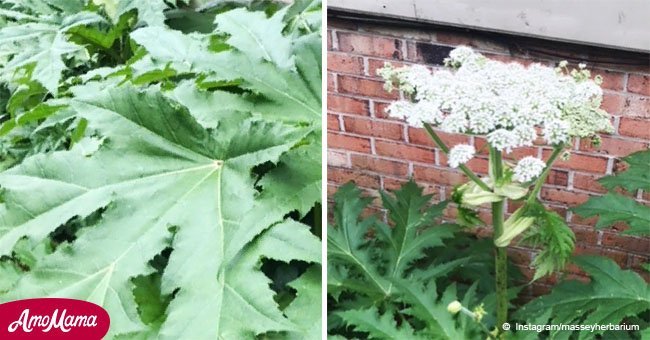
If anyone comes across this plant, be careful not to touch it
Here is how you can identify this highly toxic plant, which was spotted for the first time in Virginia.
Researchers at Massey Herbarium took to Facebook to share that they helped identify Virginia's first giant hogweed population, which was discovered in Clarke County.
The official Facebook page further informed that the plant's sap can cause severe burns, so the people around the area were warned to immediately report the sightings of these plants to the extension agents.
The social media update also warned that about 30 plants are estimated to be in the area.
According to the official website of Department of Environmental Conservation, the giant hogweed falls under the carrot family and looks beautiful despite being highly toxic.
These plants can grow up to 14 feet tall and have thick leaves that stretch two to five feet across. They have white colored flowers that bloom in an umbrella pattern at the top. The flower cluster up to 2.5 feet across.
Depending upon the growth stage of the plant, they can be between 7 to 14 feet tall. They also have huge leaves that are incised and deeply lobed up to 5 feet across.
Giant Hogweed's stems are green and they have extensive purple splotches as well as noticeable coarse white hairs. Their stems are hollow, ridged, 2-4 inches in diameter, and have a thick circle of hairs at the base of the leaf stalk.
They have dry seeds which are flattened and oval. They are approximately 3/8 inch long and tan with brown lines that extend up to ¾ of the seed's length.
The source also informed that there are many other plants that are often misidentified as giant hogweed. Most commonly, it is the cow parsnip plant which often gets misunderstood for a giant hogweed.